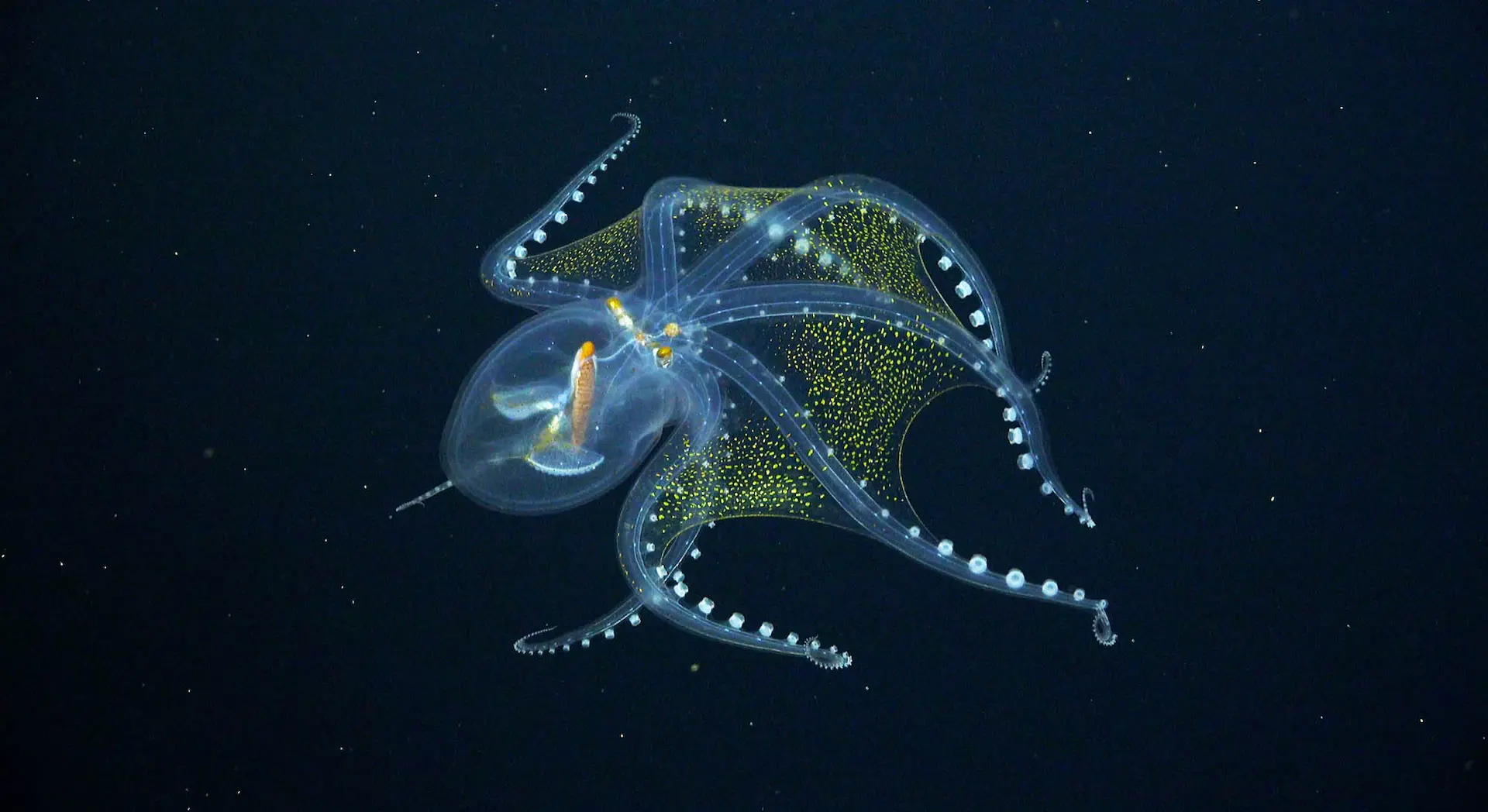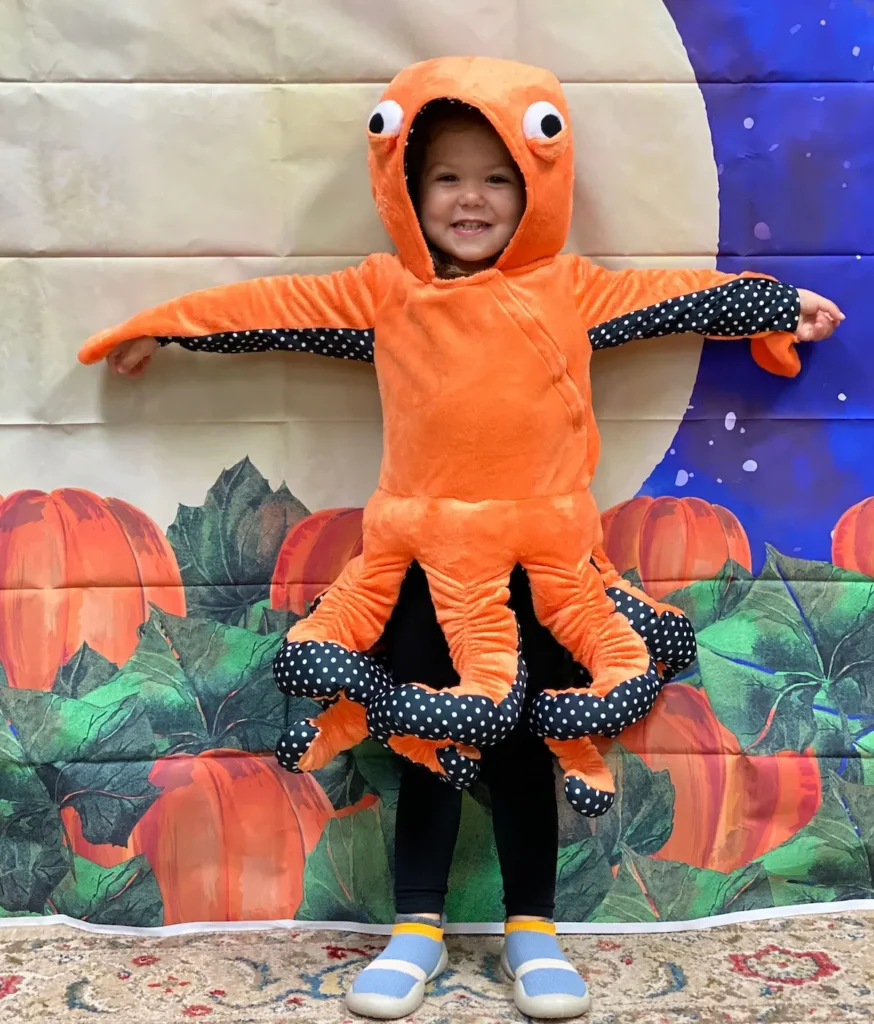Exploring the World of Deep-Sea Octopuses
Discover these cool cephalopods of the deep sea

My family and I think octopuses are the most marvelous animals in the ocean. My daughter even dressed up as an octopus for Halloween a few years ago. We often watch The Little Mermaid on repeat and while Ursula technically has only six suckered appendages (due to animating difficulties), she technically has eight limbs total if you include her “human” arms.
It’s hard not to love these fascinating creatures. They have impressive camouflage skills, fight off predators by spraying ink and even have three hearts. And what’s more, there are so many types of octopuses—here are just a few of our favorites.
Get Ocean Updates in Your Inbox
Sign up with your email and never miss an update.
Before we dive in to explore the world of deep-sea octopuses, you might be thinking to yourself, “Why is the author writing ‘octopuses’?” Well, it is because it is the correct plural form of “octopus!” We know folks have strong opinions about grammar, but take a minute to learn more about why “octopi” is not correct.
Now that we have that covered, let’s learn more about some of these ink-credible deep-sea cephalopods!
Dumbo Octopus
Dumbo octopuses (Grimpoteuthis) are delightfully adorable, measuring an average of just 8-12 inches in length. They got their name because—you guessed it—their fins resemble the ears of the star of the classic Disney film. Dumbo octopuses are the deepest-living octopuses and can be found 1,000-13,000 feet beneath our ocean’s surface. Because they live so far down and don’t often encounter predators, dumbo octopuses don’t possess a defensive ink sack like other octopuses do. Dive deeper with dumbo octopuses.
Glass Octopus
Glass octopuses (Vitreledonella richardi) are very rarely seen, not only because they live around 3,000 feet below sea level, but also because they are translucent (hence the name!) They can grow to about 1.5 feet long, and you can see straight through to their digestive tracts, eyes and optic nerves. Glass octopuses are typically found in tropical and subtropical waters and are estimated to live about two to five years. Dive deeper with glass octopuses.
(Frilled) Giant Pacific Octopus
Giant Pacific octopuses (Enteroctopus dofleini) are some of the largest known octopus species on the planet and average around 110 pounds in weight and 16 feet across. You probably don’t have to worry about encountering one of these enormous creatures as they live about 6,000 feet beneath our ocean’s surface. In 2017, a sister species was discovered and dubbed the frilled giant Pacific octopus. Frilled giant Pacific octopuses (official Latin name pending) have a distinctive “frill” that runs the length of their bodies and two distinctive white marks on their heads, and giant Pacific octopuses have only one. Dive deeper with frilled giant Pacific octopuses.
While octopuses may be able to escape from most tricky situations, plastic pollution is one threat from which they cannot hide. If you love octopuses with all of your heart(s) as much as we do, take a moment to help them and keep their ocean habitat clean and plastic-free.
